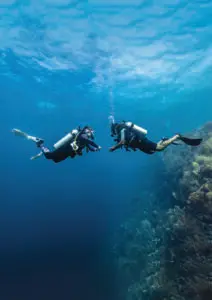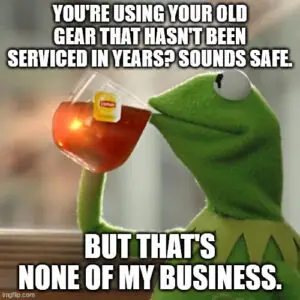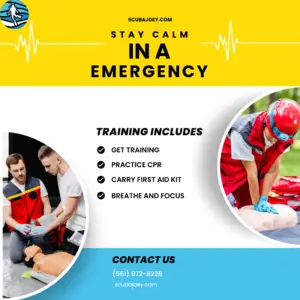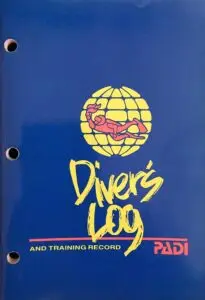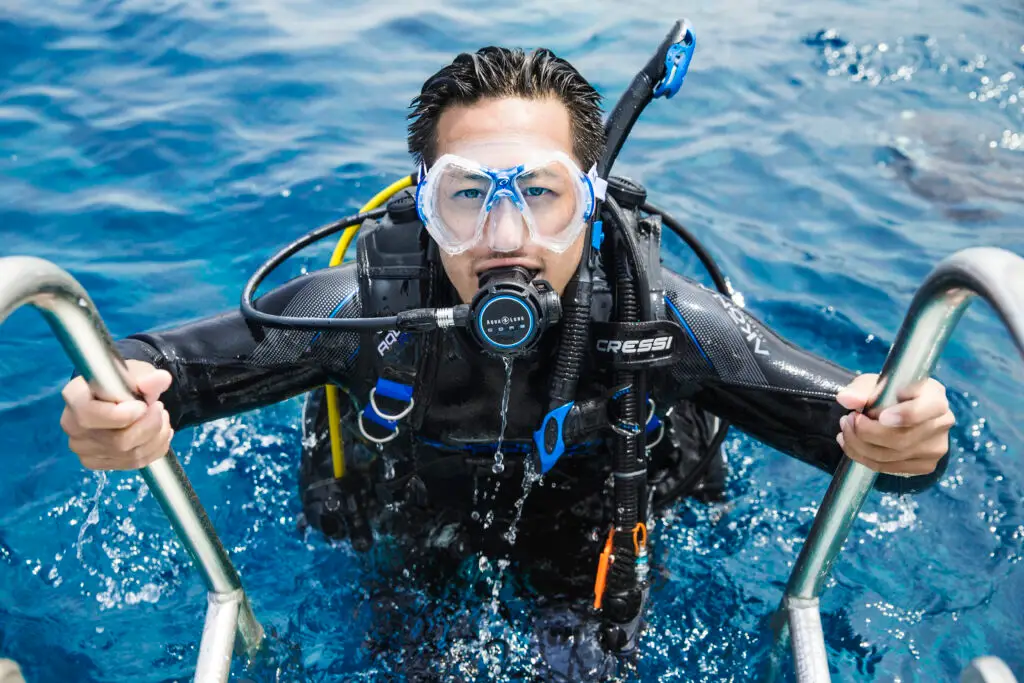
Introduction
Scuba diving opens up a whole new world beneath the waves, offering adventure, beauty, and a unique perspective on marine life. However, before you can explore the depths, it’s crucial to obtain proper training and certification. The Open Water Scuba Certification is your ticket to diving independently and safely in open water environments around the world. This comprehensive guide will walk you through the entire process of obtaining your certification, from understanding what it entails to the steps involved, equipment needed, and what to expect during your training. Whether you’re a complete novice or have some experience snorkeling, this post will provide you with all the information you need to embark on your scuba diving journey. By the end, you’ll have a clear roadmap to becoming a certified open water diver and joining the global community of underwater explorers.
What is an Open Water Scuba Certification?
An Open Water Scuba Certification is the first level of full scuba certification that allows you to dive independently in open water environments. This certification is internationally recognized and is the minimum requirement for renting scuba equipment, filling tanks, and participating in dive excursions around the world.
The certification teaches you the fundamental skills and knowledge needed to dive safely to a maximum depth of 18 meters (60 feet) in conditions similar to or better than those in which you were trained. It covers essential topics such as:
- Diving physics and physiology
- Proper use and maintenance of scuba equipment
- Underwater communication
- Dive planning and safety procedures
- Environmental awareness and conservation
Upon completion of the course, you’ll receive a certification card (often called a C-card) that you can present to dive shops and operators worldwide as proof of your training. This certification doesn’t expire, but many dive operators may require you to show proof of recent diving experience or take a refresher course if you haven’t dived in a while.
It’s important to note that while this certification allows you to dive independently, it’s always recommended to dive with a buddy for safety reasons.
Prerequisites and Requirements
An Open Water Scuba Certification is the first level of full scuba certification that allows you to dive independently in open water environments. This certification is internationally recognized and is the minimum requirement for renting scuba equipment, filling tanks, and participating in dive excursions around the world.
The certification teaches you the fundamental skills and knowledge needed to dive safely to a maximum depth of 18 meters (60 feet) in conditions similar to or better than those in which you were trained. It covers essential topics such as:
- Diving physics and physiology
- Proper use and maintenance of scuba equipment
- Underwater communication
- Dive planning and safety procedures
- Environmental awareness and conservation
Upon completion of the course, you’ll receive a certification card (often called a C-card) that you can present to dive shops and operators worldwide as proof of your training. This certification doesn’t expire, but many dive operators may require you to show proof of recent diving experience or take a refresher course if you haven’t dived in a while.
It’s important to note that while this certification allows you to dive independently, it’s always recommended to dive with a buddy for safety reasons.
The Certification Process
PADI’s Open Water Diver certification process consists of three main components:
a. Knowledge Development: PADI offers flexible learning options for the academic portion. You can choose between:
- PADI eLearning: An interactive online course you can complete at your own pace
- PADI Touch: A tablet-based app with videos, audio, and touch-based learning
- Traditional classroom learning with a PADI Instructor
You’ll learn about diving physics, pressure effects, marine environments, and safety procedures. The course includes five knowledge sections, each followed by a short quiz, and a final exam.
b. Confined Water Dives: After mastering the theory, you’ll move to a pool or confined open water site to learn practical skills. PADI’s program includes five confined water dives where you’ll practice:
- Setting up your scuba gear
- Getting water out of your mask
- Entering and exiting the water
- Buoyancy control
- Emergency skills like recovering your regulator
Your PADI Instructor will ensure you’re comfortable with each skill before progressing.
c. Open Water Dives: The course culminates with four open water dives, usually over two days. Here, you’ll apply your skills in a real diving environment under your instructor’s supervision. You’ll plan your dives, practice underwater navigation, and further refine your buoyancy control. PADI emphasizes a comfort-based approach, ensuring you feel confident before each new experience.
Upon completing all requirements, including a swim test (200-meter swim and 10-minute float/tread), you’ll earn your PADI Open Water Diver certification. The whole process typically takes 4-7 days, though PADI’s flexible learning options allow you to fit it around your schedule.
Choosing PADI for Your Certification
PADI (Professional Association of Diving Instructors) is the world’s largest scuba diving training organization, certifying millions of divers globally. Here’s why many choose PADI:
- Global Recognition: PADI certifications are recognized and respected worldwide, giving you the freedom to dive almost anywhere.
- Standardized Training: PADI’s curriculum is consistent globally, ensuring high-quality education regardless of where you train.
- Flexible Learning: With options like eLearning and Touch, you can complete the academic portion at your own pace before hands-on training.
- Continuous Education Path: PADI offers a clear progression from beginner to professional-level certifications, making it easy to continue your diving education.
- Focus on Safety: PADI emphasizes safe diving practices throughout their courses, including the use of safety stops and conservative dive profiles.
- Environmental Awareness: PADI integrates conservation education into their courses, promoting responsible diving practices.
- Extensive Network: With over 6,600 dive centers and resorts worldwide, finding a PADI instructor or dive shop is usually convenient.
- Digital Certification Card: PADI offers a digital certification card, making it easy to always have proof of your certification on hand.
While other agencies offer quality training, PADI’s global presence and comprehensive programs make it a popular choice for many aspiring divers.

